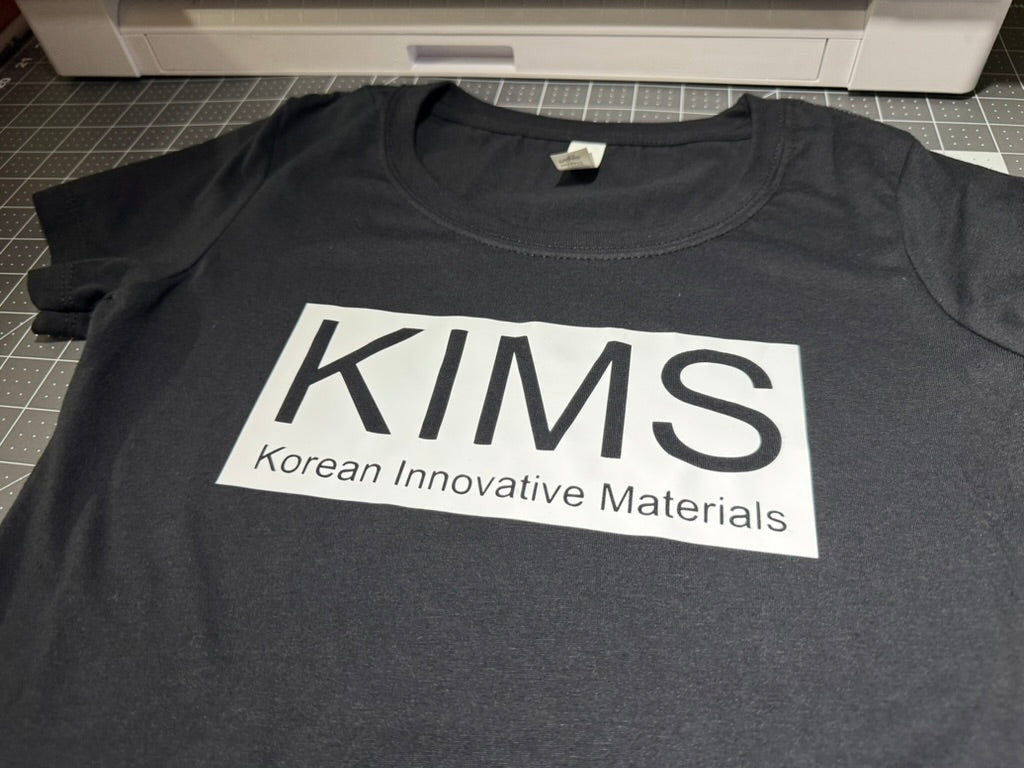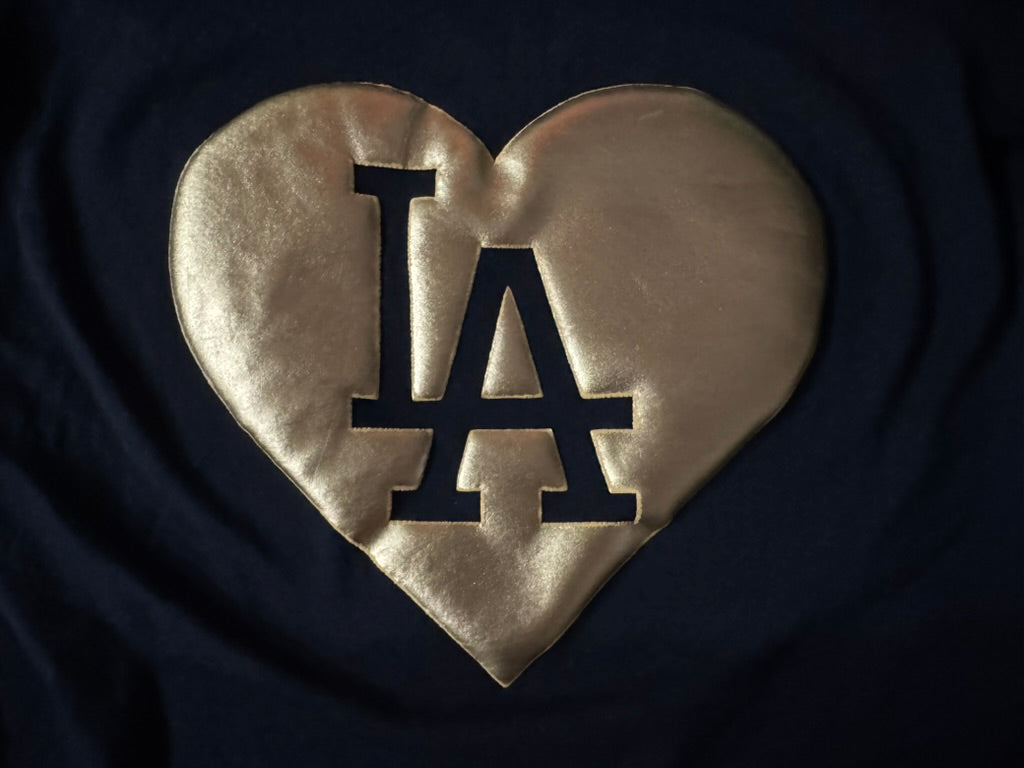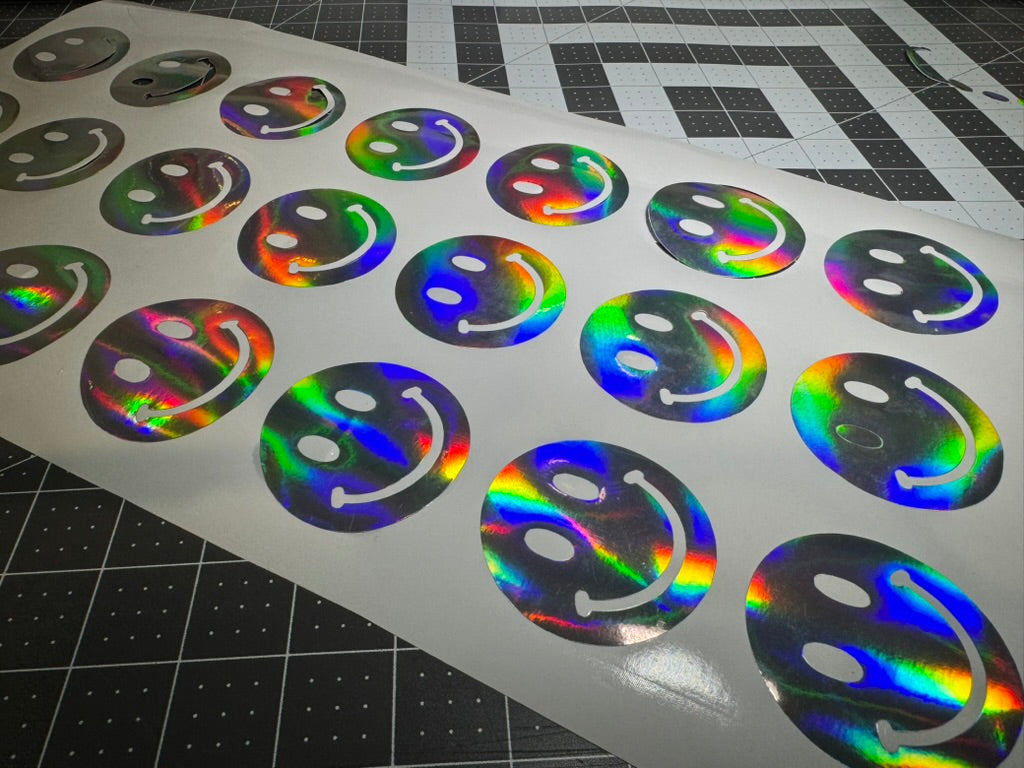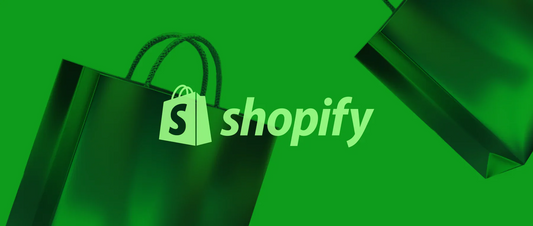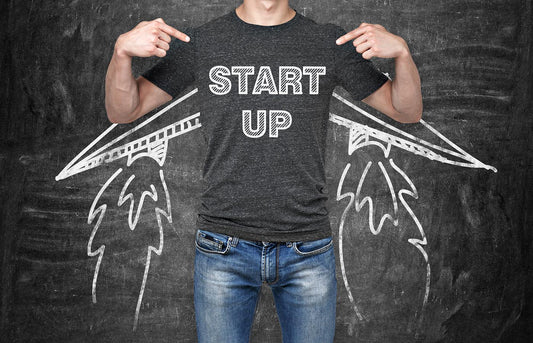Pricing custom vinyl t-shirts and stickers involves more than just picking a number that seems reasonable. A profitable pricing strategy starts with understanding every part of your production process.
Many business owners focus only on what they pay for materials. However, labor, equipment, and even the time it takes to complete each order also contribute to the total cost.
This article outlines how to calculate your real production costs, how to factor in profit margins, and how to build pricing strategies that reflect both value and sustainability.
Understanding Real Production Costs
Real production cost is the total amount it takes to produce one item, from start to finish. This includes both direct and indirect costs.
Direct costs are tied directly to making the product. These include vinyl material, blank garments or sticker paper, and labor for cutting, weeding, pressing, or packaging. Indirect costs include items like heat press depreciation, design software subscriptions, electricity, and workspace rent.
"Cost of goods sold" (COGS) refers to direct costs only, while overhead expenses include indirect costs needed to run the business but not tied to a single product.
A basic formula for calculating total production cost per item:
Total Production Cost = (Direct Material Cost + Labor Cost per Unit) + (Allocated Overhead per Unit)
Here's a comparison of typical vinyl material costs per square foot:
|
Vinyl Type |
Cost per Sq. Ft. |
Example Use |
Notes |
|---|---|---|---|
|
Standard Vinyl |
$1.00–$1.50 |
Everyday t-shirts, simple stickers |
Basic colors, matte/glossy finish |
|
Premium Vinyl |
$1.75–$2.50 |
Multi-color or complex designs |
Thinner, easier to weed |
|
Specialty Vinyl |
$2.75–$4.00 |
Puff, reflective, or holographic |
Used for added visual effects |
Remember to track the time spent on each product. If it takes 10 minutes to weed a detailed design, that time translates to labor cost, even if you're doing the work yourself.
Calculating Profit Margins for Custom Shirts and Stickers
To calculate profit margins for custom vinyl products, use this formula:
Retail Price = (Cost of Materials + Labor + Overhead) × (1 + Profit Margin %)
This formula helps determine how much to charge to cover all business costs and still make a profit.
1. Identify Material Costs
Material costs include everything that physically goes into making each product:
-
Blank t-shirt ($2.00–$5.00 depending on quality)
-
Vinyl (varies by type, color, and design size)
-
Transfer tape or carrier sheets
-
Packaging materials (poly bags, tags, inserts)
For stickers, include the vinyl cost, backing paper, and any protective finish. Don't forget often-overlooked materials like replacement blades or weeding tools that wear out over time.
2. Add Labor and Overhead
Labor includes the time spent on each product. Even if you do the work yourself, that time has a cost.
To calculate labor cost:
-
Total labor time per item (in hours) × hourly labor rate
For example, if a design takes 30 minutes total (0.5 hours) and your labor rate is $20/hour, the labor cost is $10.00 per item.
Overhead costs include:
-
Equipment depreciation
-
Utilities
-
Rent or workspace cost
-
Software subscriptions
-
Marketing fees
Divide your monthly overhead by the number of items you produce to find the overhead cost per item.
3. Set Target Markup
Custom apparel typically uses a profit margin between 30% and 50%. This percentage can vary based on:
-
Design complexity
-
Type of vinyl used
-
Customer type (retail vs. wholesale)
-
Sales channel (in-person vs. online)
For example, with a total cost of $12.00 and a profit margin of 40%:
Retail Price = $12.00 × (1 + 0.40) = $16.80
This method ensures all expenses are covered and a consistent profit is built into your final price.
How to Adjust Prices for Different Order Sizes
Volume-based pricing uses different price points depending on how many items a customer orders. Larger orders often have a lower cost per item because production becomes more efficient.
1. Small Batch Pricing
Small orders typically include 1 to 5 items. These orders take the same setup time as larger orders but generate less revenue, so the per-unit cost is higher.
Many businesses set a minimum order quantity of 1–3 items per design to ensure profitability.
Small batch pricing considerations:
-
Setup time: The same whether you make one item or many
-
Material waste: Often higher for small batches
-
Packaging costs: Fixed per order, not per item
-
Production efficiency: Lower for individual items
A typical pricing tier for small batches might look like:
-
1 item: $22.00
-
2 items: $21.00 each
-
3 items: $20.00 each
-
4-5 items: $19.00 each
2. Medium Batch Breakpoints
Medium-sized orders (5 to 25 units) allow for more efficient production. Price breaks at 10, 15, or 20 units encourage customers to order more while keeping your profit margins healthy.
Sample price break table:
|
Quantity |
Price per Item |
|---|---|
|
6–10 |
$18.50 |
|
11–15 |
$17.75 |
|
16–20 |
$17.00 |
|
21–25 |
$16.50 |
These discounts reflect reduced labor costs per item and sometimes material discounts from suppliers.
3. Large Orders and Bulk Discounts
For orders of 25+ units, economies of scale significantly reduce your per-item costs. Bulk discounts reflect these savings while maintaining your profit margin.
Sample bulk pricing:
|
Quantity |
Price per Item |
|---|---|
|
25–49 |
$15.50 |
|
50–99 |
$14.25 |
|
100+ |
$13.00 |
Each pricing tier accounts for reduced handling time, lower vinyl waste, and more efficient equipment use.
Psychological Pricing Tactics to Boost Sales
Psychological pricing uses specific strategies to influence how customers perceive product value without changing your actual costs.
1. Anchor Pricing
Anchor pricing uses a high-priced option to make other options appear more affordable. For custom apparel, this might look like:
-
Basic: Single-color vinyl t-shirt for $18
-
Standard: Two-color vinyl t-shirt with premium blank for $24
-
Premium: Specialty vinyl t-shirt with complex design for $35
The $35 premium shirt becomes the "anchor." Even though the $24 option is more expensive than the basic version, it appears more reasonable in comparison.
2. Bundling Items
Bundling combines multiple products into one offer, increasing average order value while simplifying the purchase decision.
Effective bundle examples:
-
T-shirt + matching sticker: $24 (instead of $26 separately)
-
Set of three stickers: $10 (instead of $12 separately)
Bundling strategies that work:
-
Related items: Group products with the same design
-
Limited-time offers: Create urgency
-
Round pricing: Use simple numbers for bundles
-
Complete packages: Present bundles as comprehensive solutions
3. Numerical Pricing Techniques
Prices ending in .99 or .97 often feel less expensive than round numbers. A t-shirt at $19.99 feels cheaper than $20.00, even though the difference is just one cent.
Discounts can be framed in two ways:
-
Percentage-based ("20% off")
-
Dollar-based ("Save $5")
Smaller items typically benefit from dollar discounts, while larger purchases often use percentages. A $2 discount on a $10 sticker may feel more significant than "20% off."
Leveraging Premium Vinyl to Command Higher Profit
Premium vinyl materials offer better durability, appearance, and ease of use compared to standard options. These differences can support higher selling prices.
Premium vinyl benefits include:
-
Thinner material: Conforms better to fabric
-
Stronger adhesive: Reduces peeling or lifting
-
Better wash resistance: Maintains appearance longer
-
Cleaner cutting: Produces more precise details
-
Easier weeding: Saves time on complex designs
This comparison helps customers understand the value difference:
|
Feature |
Standard Vinyl |
Premium Vinyl |
|---|---|---|
|
Cut Precision |
Moderate |
High |
|
Ease of Weeding |
Varies by design |
Consistent, even on fine details |
|
Application Time |
15–20 seconds |
10–15 seconds |
|
Wash Durability |
20–30 cycles |
50+ cycles |
|
Finish Options |
Basic |
Extended (matte, glossy, reflective) |
|
Cost per Sq. Ft. |
$1.00–$1.50 |
$1.75–$2.50 |
When explaining these differences to customers, focus on how premium vinyl maintains color vibrancy, lasts longer after washing, and allows for more detailed designs.
Pricing Stickers for Maximum Value
Sticker pricing depends on size, material type, production time, and order quantity.
1. Small Sticker Strategies
Small stickers are often priced by size, using either square inch measurements or standard dimensions (2x2, 3x3, 4x4 inches).
A simple formula: Sticker area × base rate = base price
Example: 3x3 inch sticker (9 square inches) at $0.25 per square inch = $2.25 base price
Most shops set minimum prices between $2.50 and $3.00 for individual stickers to cover all production costs.
Factors affecting small sticker pricing:
-
Size and shape: Larger or custom shapes take more material
-
Weeding time: Intricate designs require more labor
-
Color complexity: Multiple colors increase production steps
-
Vinyl type: Premium or specialty vinyl costs more
-
Packaging: Individual packaging adds cost
2. Bulk Sticker Deals
Bulk pricing allows for lower per-unit costs in larger quantities. A typical discount structure for a 3x3 inch standard vinyl sticker:
|
Quantity |
Price per Sticker |
|---|---|
|
1–9 |
$3.00 |
|
10–24 |
$2.50 |
|
25–49 |
$2.00 |
|
50–99 |
$1.75 |
|
100+ |
$1.50 |
These discounts reflect reduced labor time per sticker and more efficient material use.
3. Perceived Value Factors
Material quality, finish, and shape can increase perceived value without significantly raising production costs.
Premium sticker features that justify higher pricing:
-
Weatherproof or waterproof vinyl
-
UV-resistant materials for outdoor use
-
Specialty finishes (glossy, matte, holographic)
-
Custom die-cut shapes
-
Multi-layer or multi-color designs
Putting It All Together for Long-Term Success
Creating a standardized pricing sheet helps maintain consistent pricing across all orders. This tool includes fixed costs for materials, labor estimates, overhead allocations, and target profit margins.
Reviewing and updating your pricing regularly ensures it reflects current costs and market conditions. This prevents undercharging as material costs rise or overcharging compared to competitors.
Testing different price points helps identify what customers value most. This can be done through limited-time offers or special bundles to see which options generate the best response.
For consistent results and higher margins, quality materials make all the difference. Shop our vinyl rolls and heat transfer products that professionals trust for their durability, ease of use, and vibrant colors.
FAQs About Pricing Custom Vinyl T-Shirts and Stickers
How do I handle price increases when material costs rise?
Gradually adjust your pricing over 30-60 days while communicating any improvements in product quality or durability that might accompany the change.
What pricing strategy works best for custom designs versus standard templates?
Custom designs typically command higher prices due to their unique nature and additional design time, while standard templates can be priced lower to attract volume orders.
How should I price rush orders for custom vinyl products?
Add a rush fee of 25-50% to compensate for production schedule changes and communicate this fee clearly before confirming the order.
What's the best way to price multi-color vinyl designs?
Add $2-5 for each additional color to account for the extra pressing steps and alignment time required for multi-layer designs.
How do I determine pricing for specialty vinyl like holographic or reflective materials?
Set prices 30-50% higher than standard vinyl to cover the increased material costs while highlighting the unique visual effects these materials provide.


